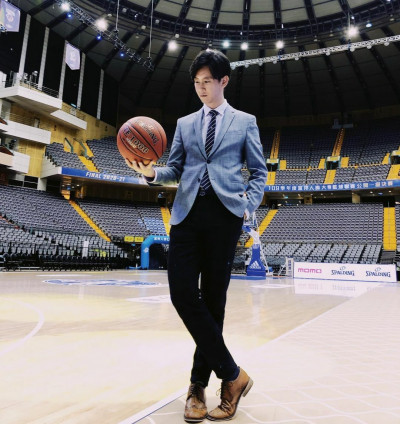《TAIPEI TIMES 焦點》 KMT a democratic party: Alex Tsai

Chinese Nationalist Party (KMT) Central Policy Committee director Alex Tsai speaks at a news conference in Taipei yesterday. Photo: Liu Hsin-de, Taipei Times
CROSS-STRAIT STANCE: KMT members at all levels are required to comply with the new policy platform; there is no other rhetoric that outweighs its importance, Tsai said
By Stacy Hsu / Staff reporter
The Chinese Nationalist Party’s (KMT) cross-strait policy is not decided solely by any of the party’s former or incumbent spokespeople, KMT Central Policy Committee director Alex Tsai (蔡正元) said yesterday as he urged party members to put its new policy platform above anything else.
Tsai’s remarks at a news conference in Taipei came one day after former president Ma Ying-jeou (馬英九) and KMT Chairwoman Hung Hsiu-chu (洪秀柱) reportedly got into a heated debate over the content of the so-called “1992 consensus” at a banquet hosted by Ma.
“The KMT is a democratic political party and no one’s words alone can decide the party’s cross-strait policy, be they those of Ma, Hung or anyone else,” said Tsai, who earlier this week was named KMT spokesman.
KMT members’ sole guiding principle should be the party’s policy platform passed by the KMT national congress at the beginning of last month, which aims to further the “1992 consensus,” explore the possibility of inking a cross-strait peace accord and institutionalize peace across the Taiwan Strait, Tsai said.
KMT members at all levels are required to comply with and jointly promote the new policy platform; there is no other rhetoric that outweighs its importance, Tsai said.
The “1992 consensus” refers to a tacit understanding between the KMT and Beijing that both sides of the Taiwan Strait acknowledge there is “one China,” with each side having its own interpretation of what “China” means.
Former Mainland Affairs Council chairman Su Chi (蘇起) said in 2006 that he had made up the term in 2000.
The party’s new platform has been seen as an attempt by Hung to move the KMT closer to the concept of “one China, same interpretation,” as it only mentions the “different interpretations” part once, when talking about Ma’s success in deepening cross-strait interactions during his time in office.
It omits what the pan-blue camp regards as an integral element in the political framework in following mentions in the platform, triggering concerns within the KMT that Hung might propose the framework of “one China, same interpretation” when she meets with Chinese President Xi Jinping (習近平), which is expected to occur on Tuesday next week in Beijing.
There is no doubt that the “1992 consensus” includes the “one China, different interpretations” part, Tsai said, adding that it is a historical fact and a basic position laid down in the KMT’s policy platform.
As for concerns revolving around the “one China, same interpretation” formula, Tsai said Hung has not mentioned the framework since it came under fire during her campaign as the KMT’s presidential candidate last year.
“The KMT has never passed any documents that contain that framework, nor is it included in the party’s policy platform,” Tsai added.
Ma’s office issued a statement later in the day saying that Ma was merely trying to reiterate that an adherence to the “1992 consensus” and the “one China, different interpretations” formula was the KMT’s fundamental and consistent stance.
He was not trying to start a war of words, it said.
“Ma believes that the issue greatly concerns the KMT’s solidarity and development, which was why he explained the issue to the guests at the dinner,” it said.
It went on to encourage Tsai to, under the principle of the “1992 consensus” and “one China, with different interpretations,” to announce at a news conference before or after Hung’s meeting with Xi that “one China” means the Republic of China (ROC) and that both sides of the Taiwan Strait be peacefully unified under the ROC.
新聞來源:TAIPEI TIMES











